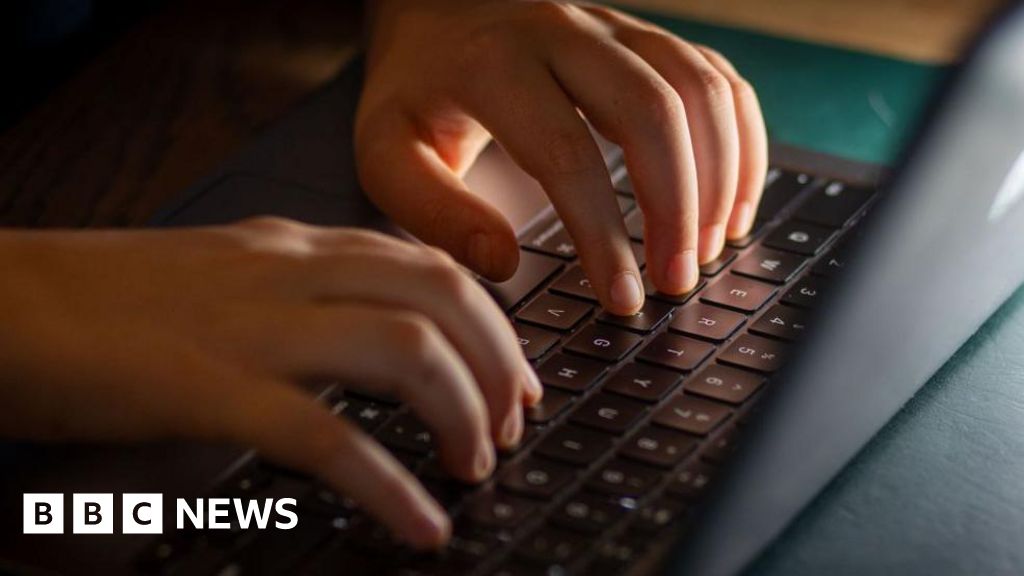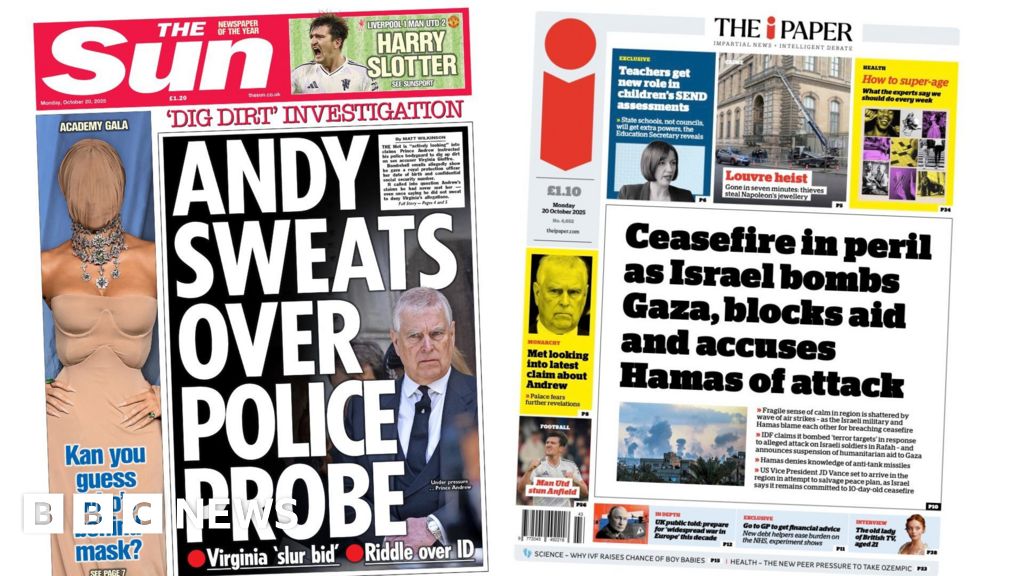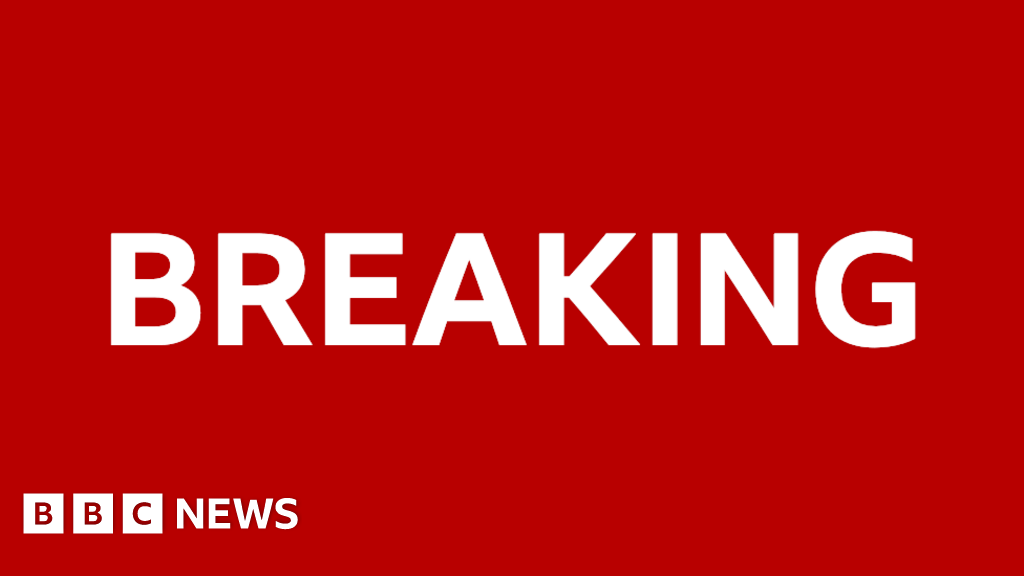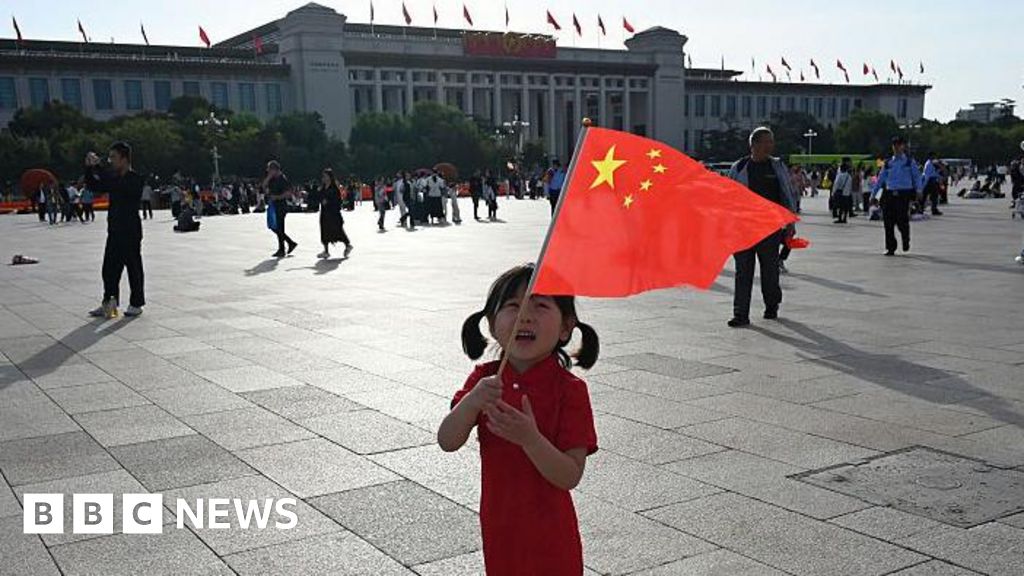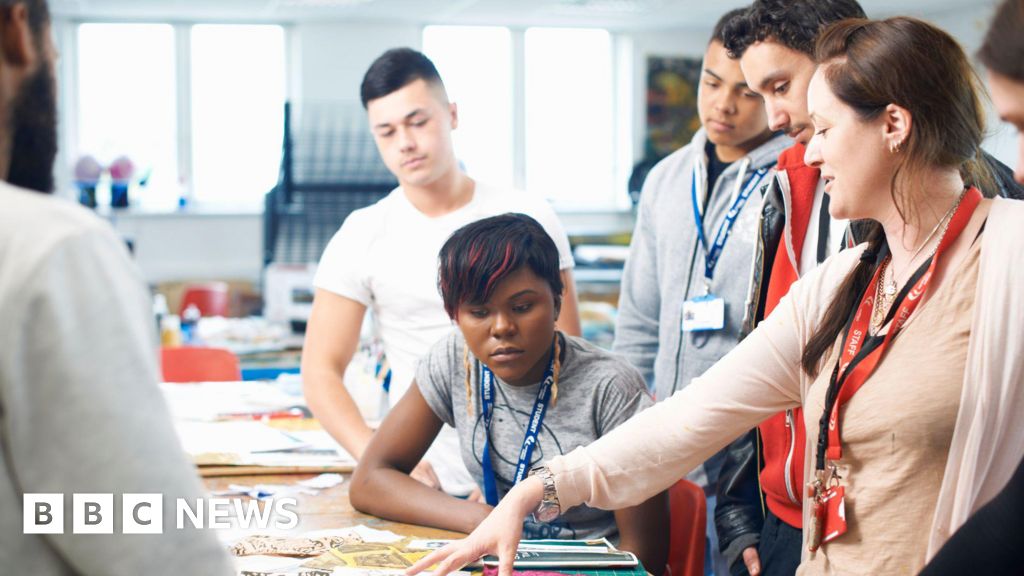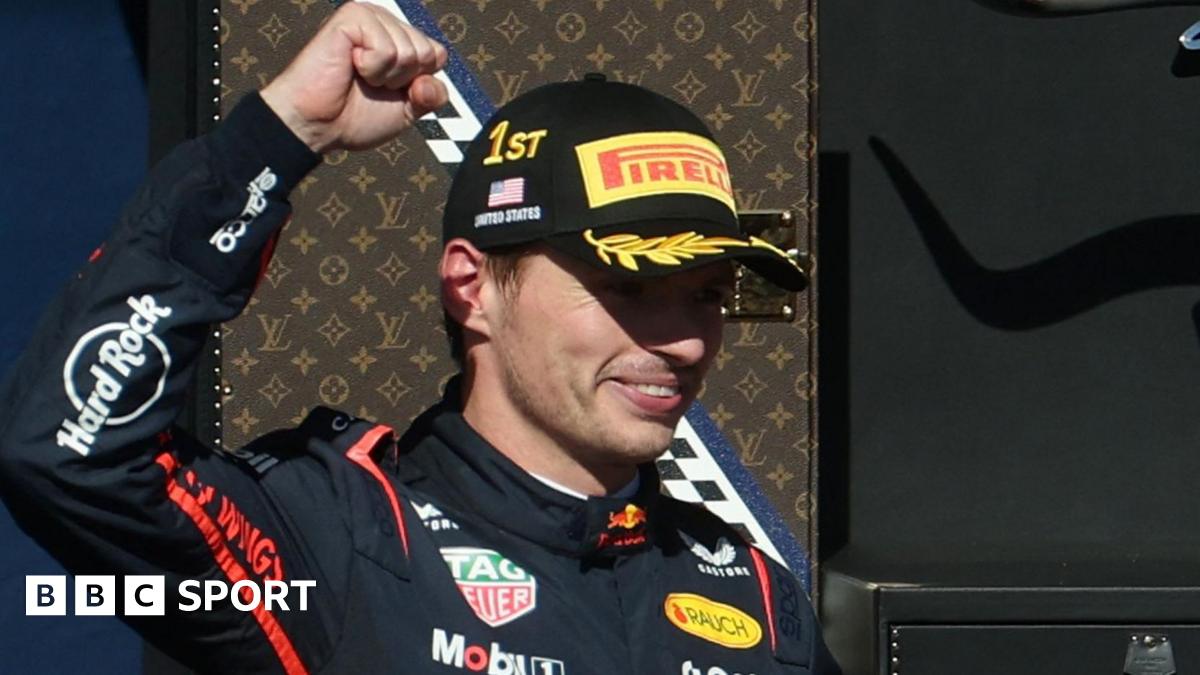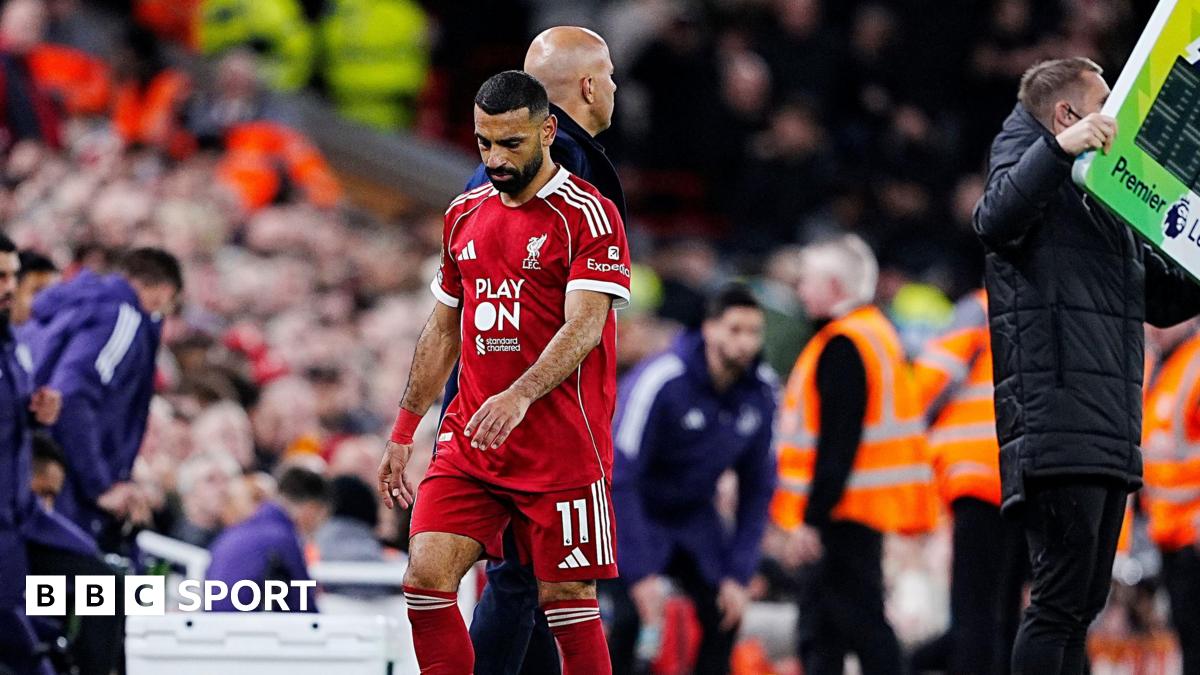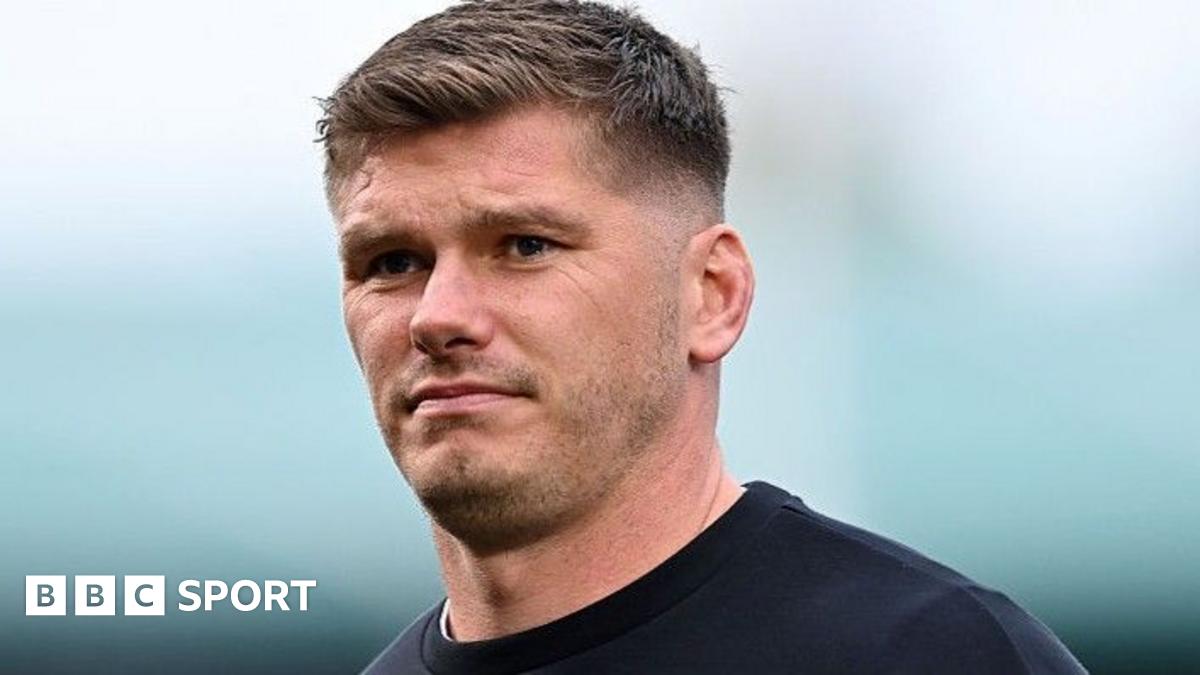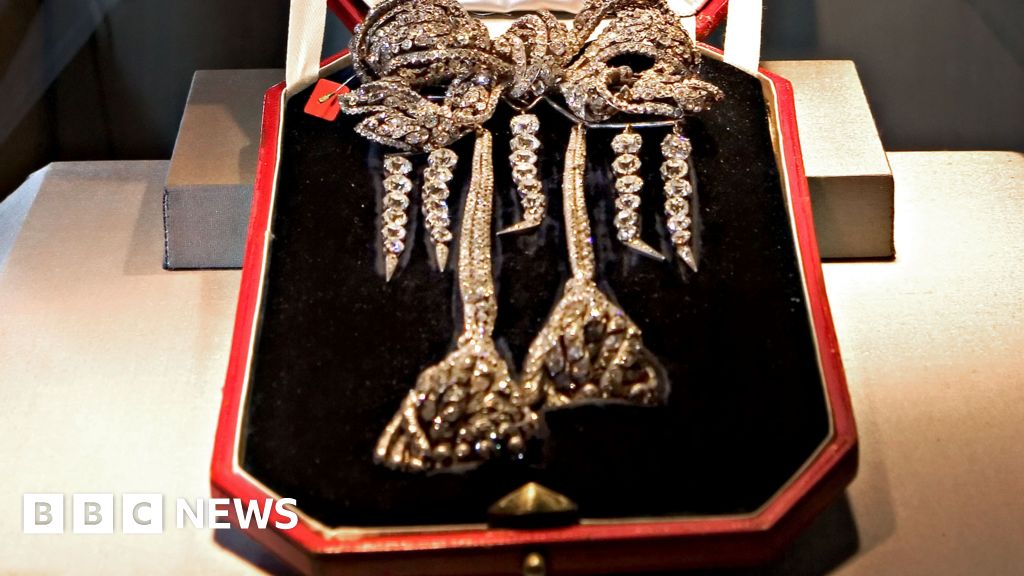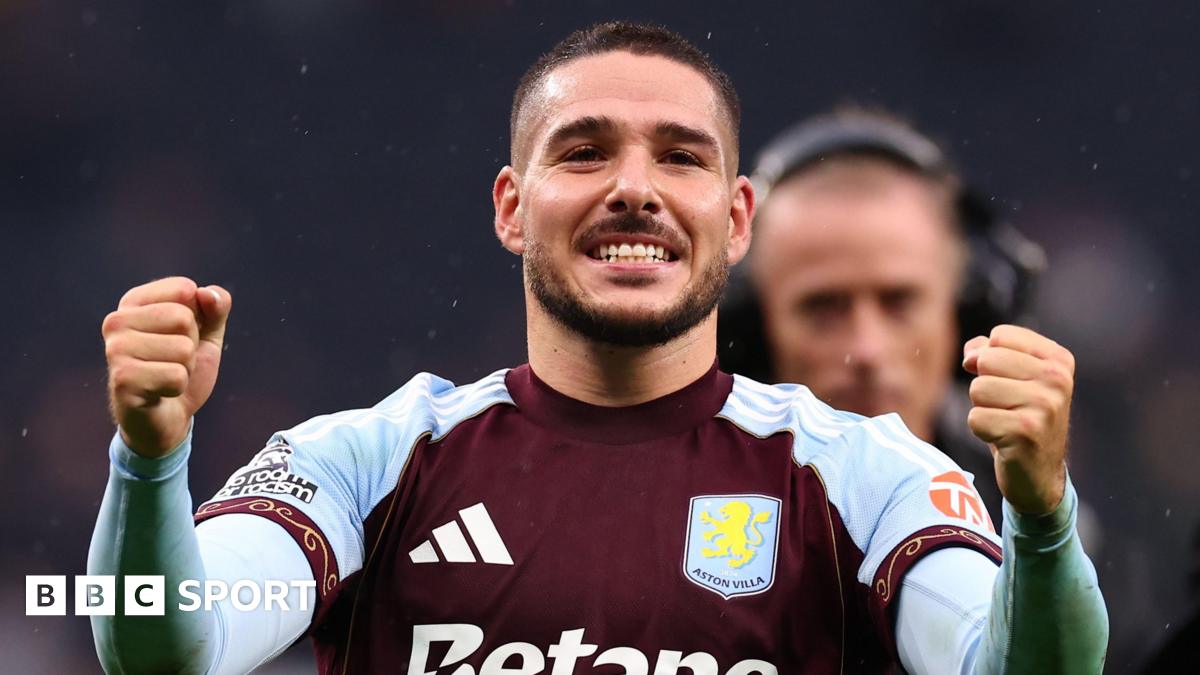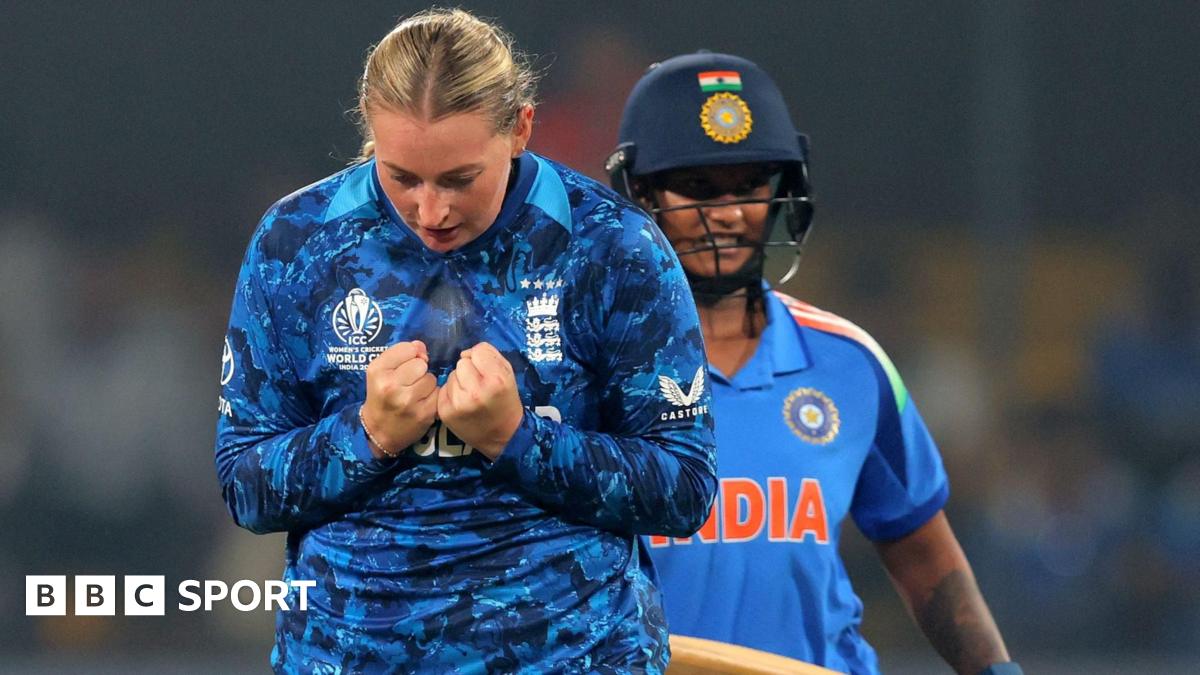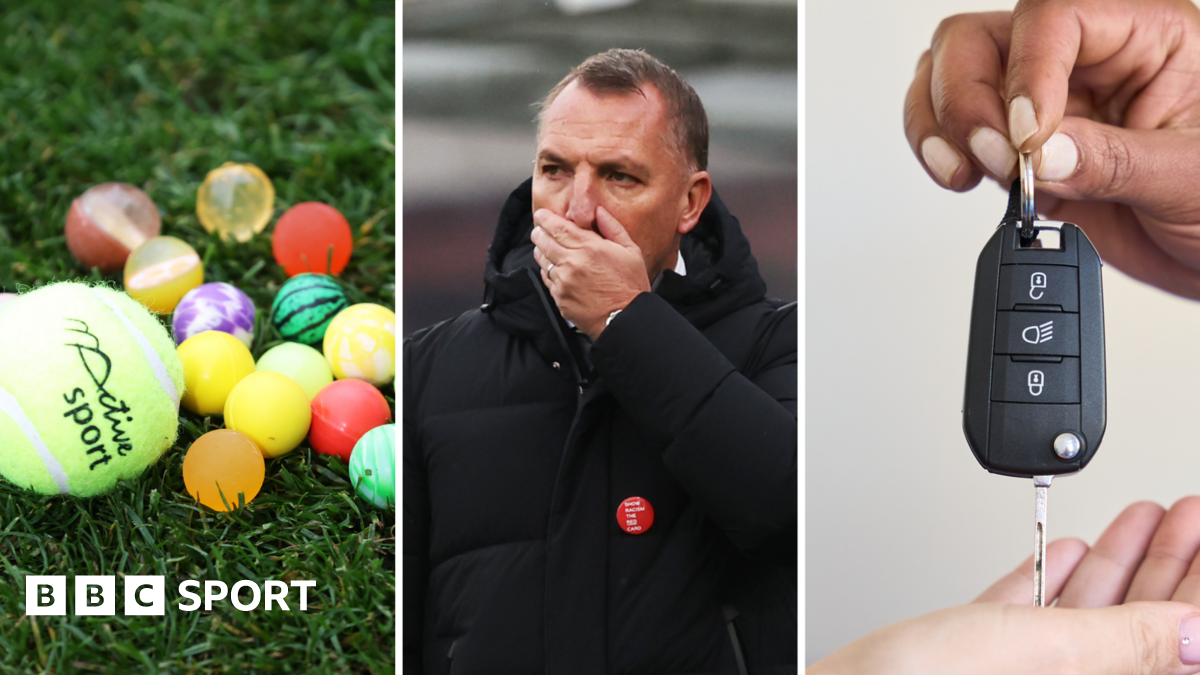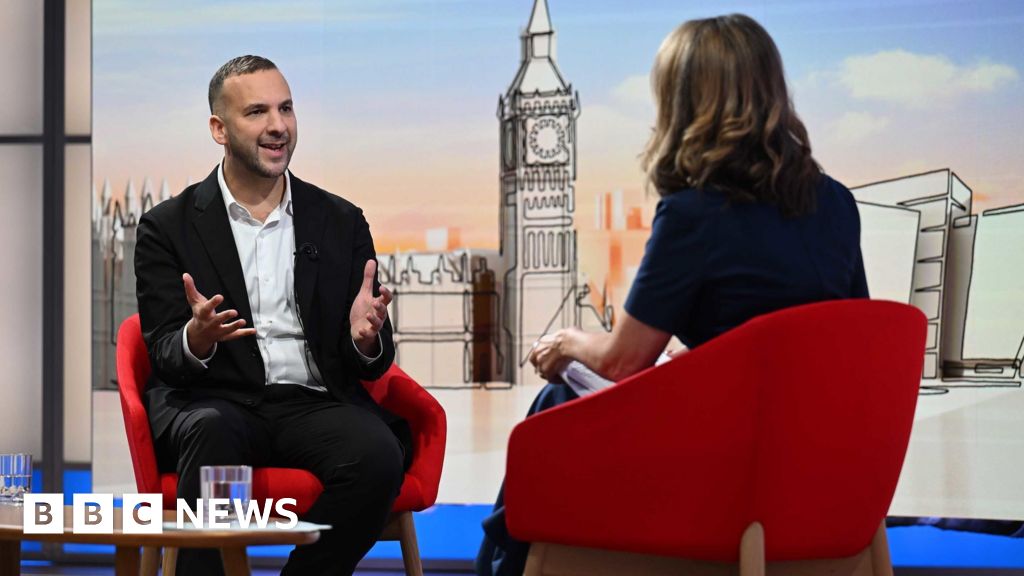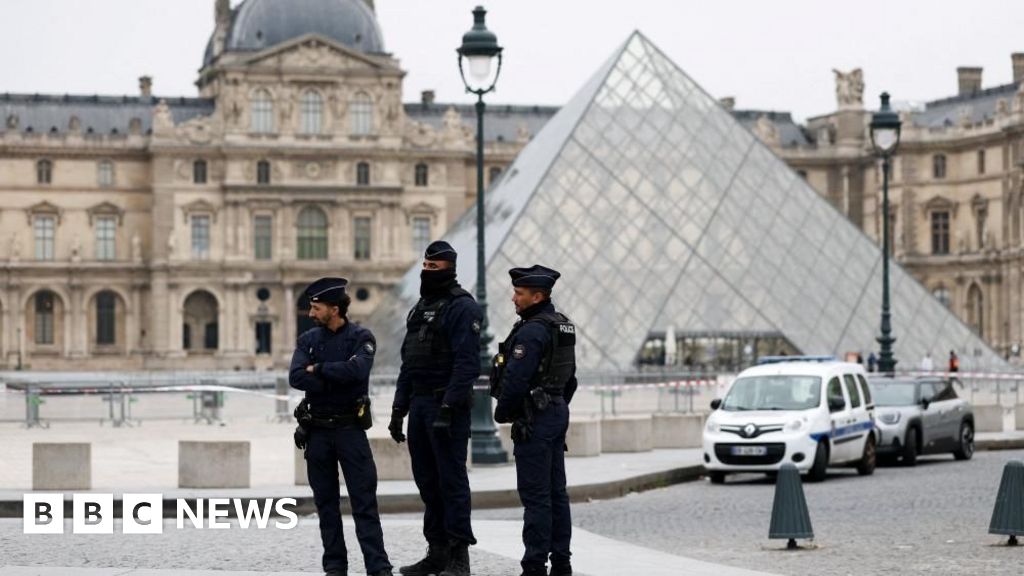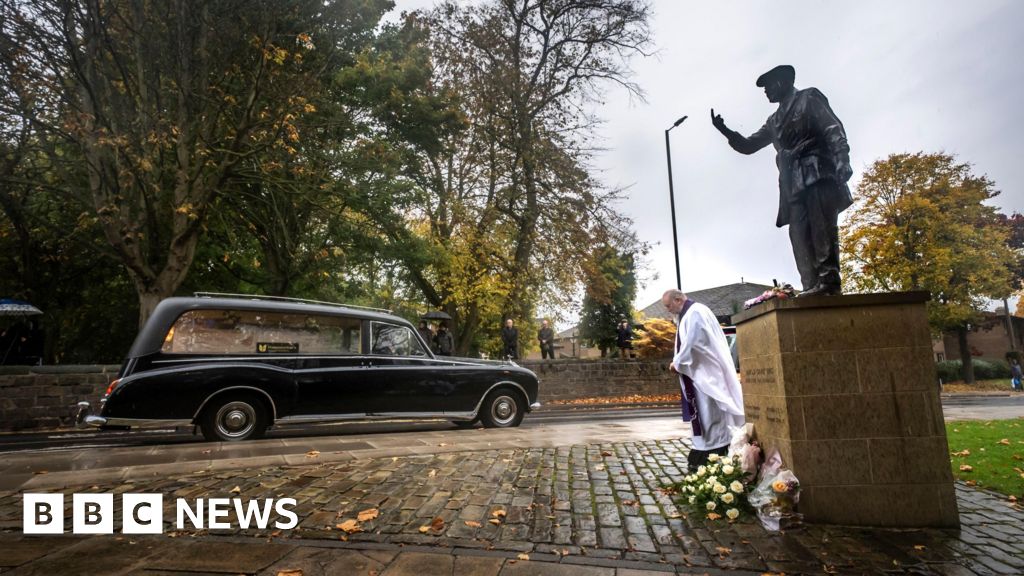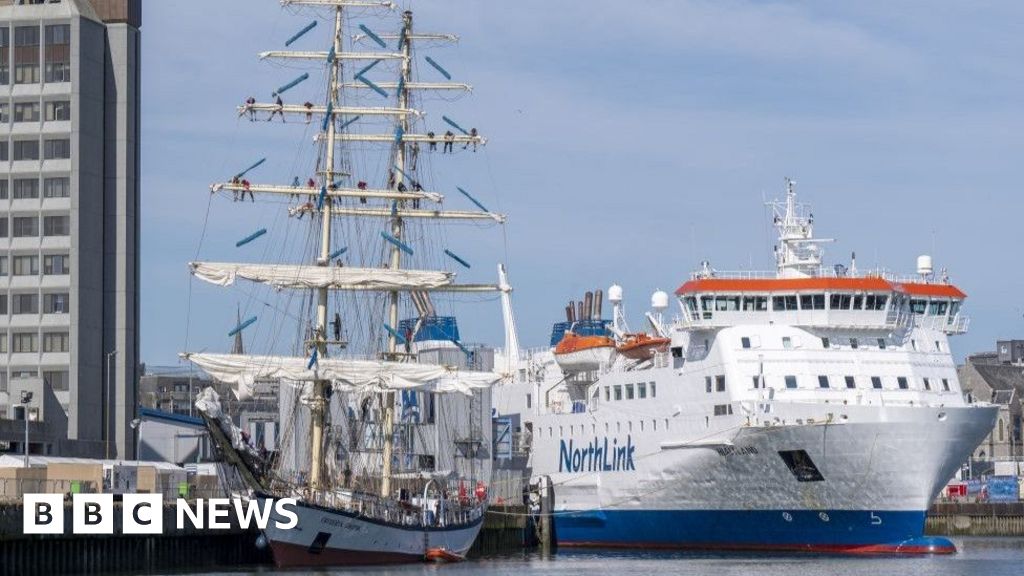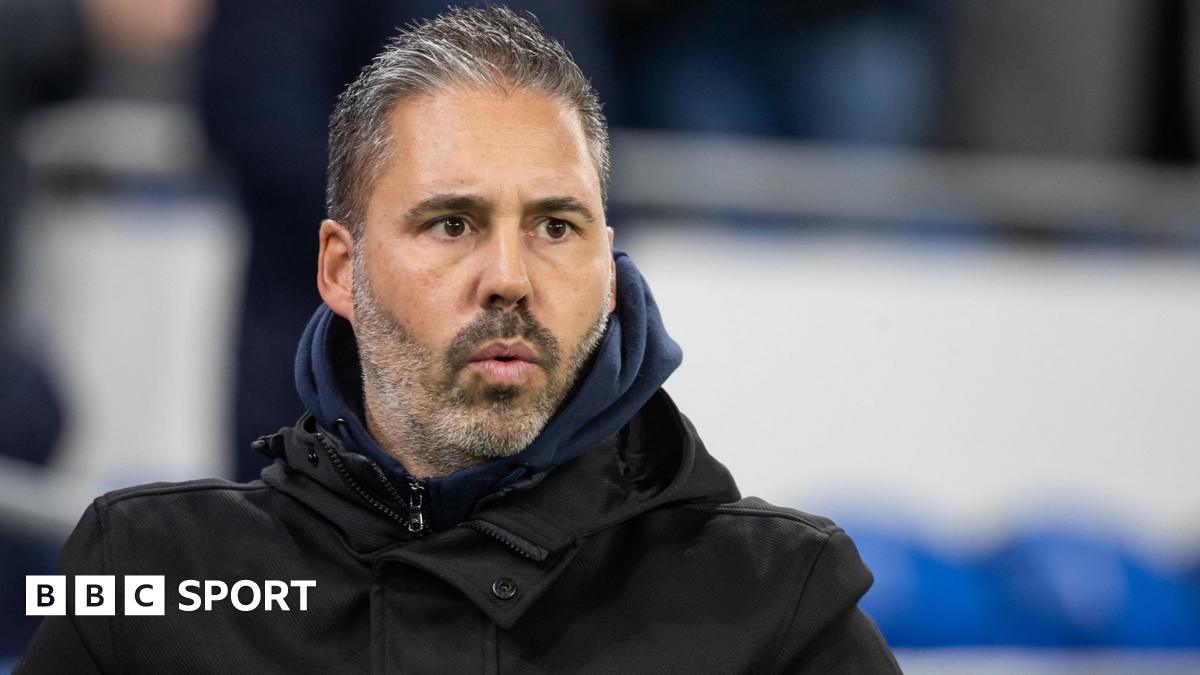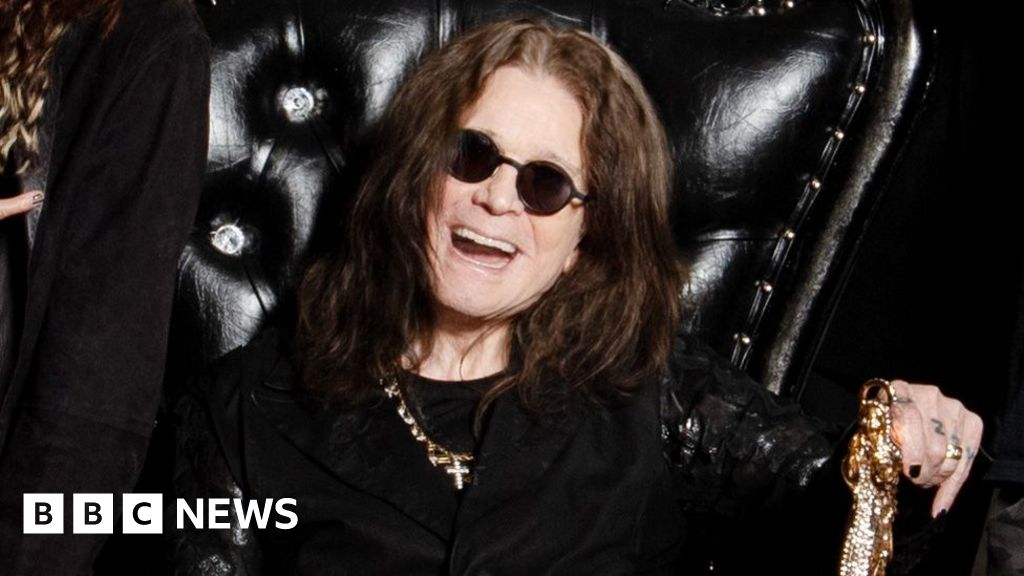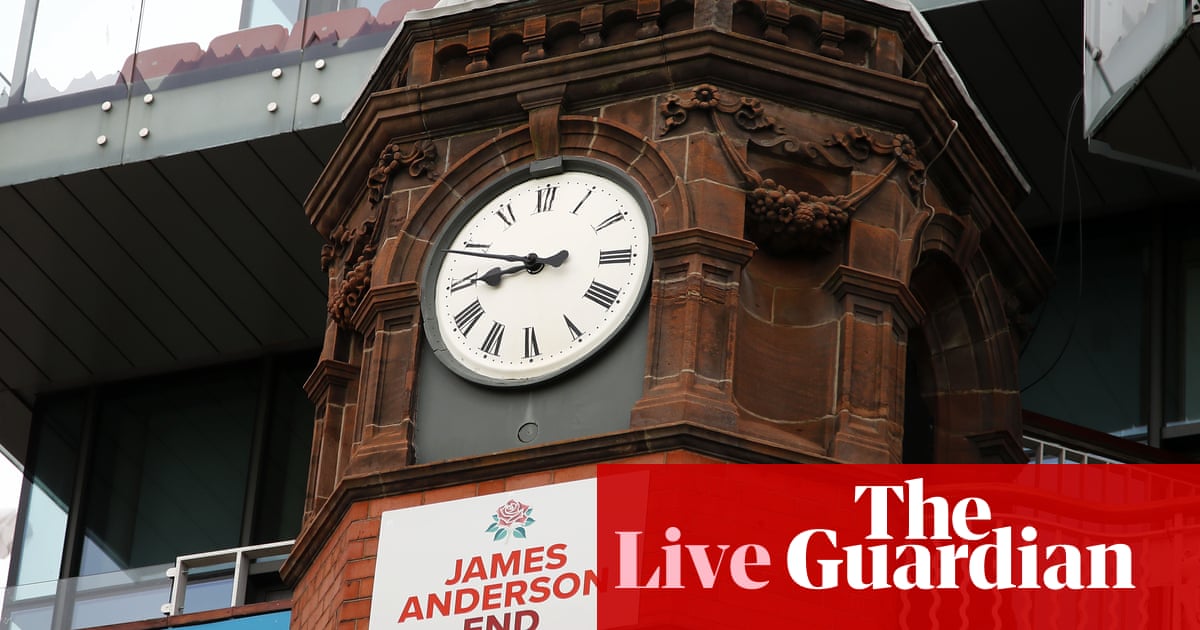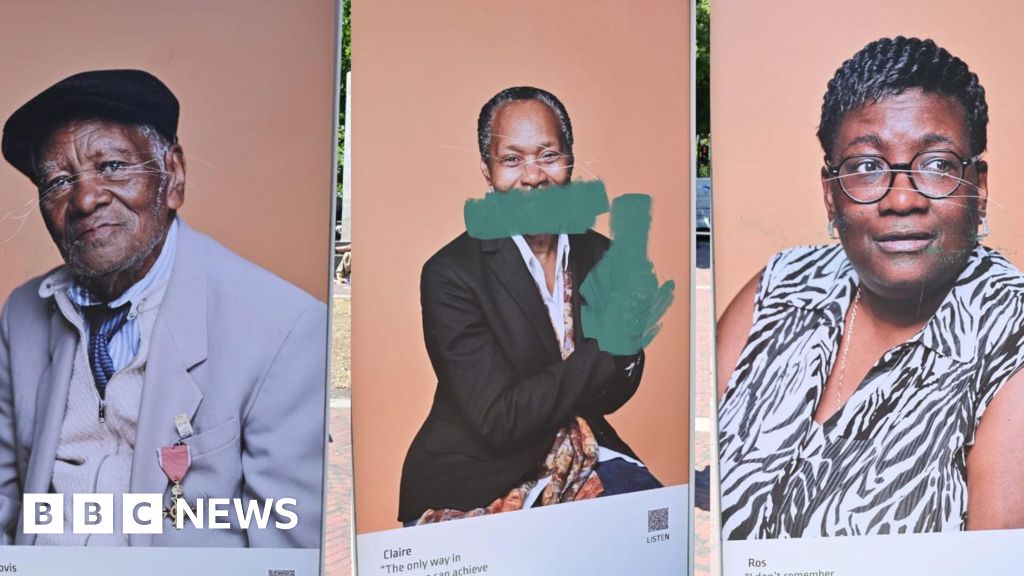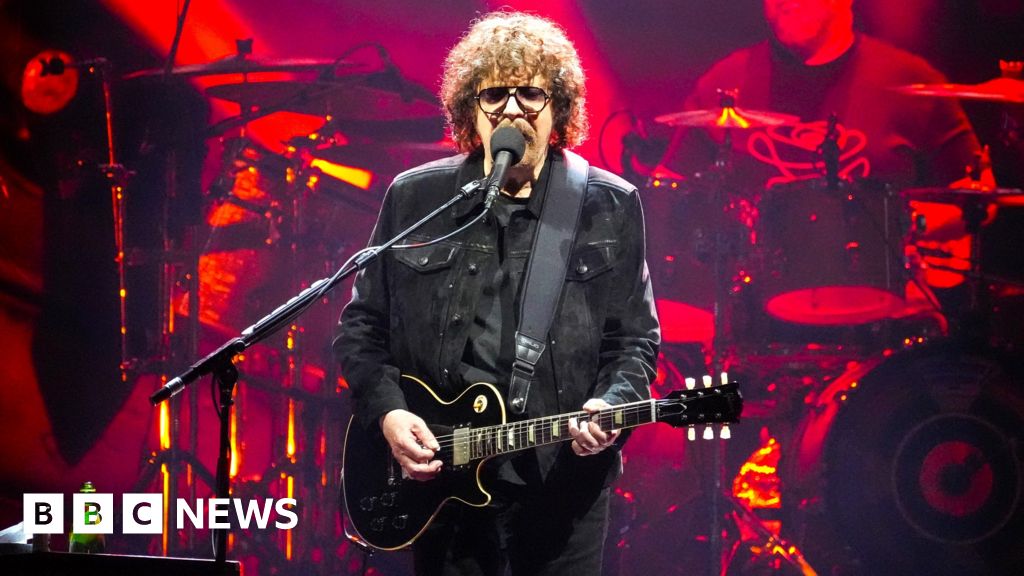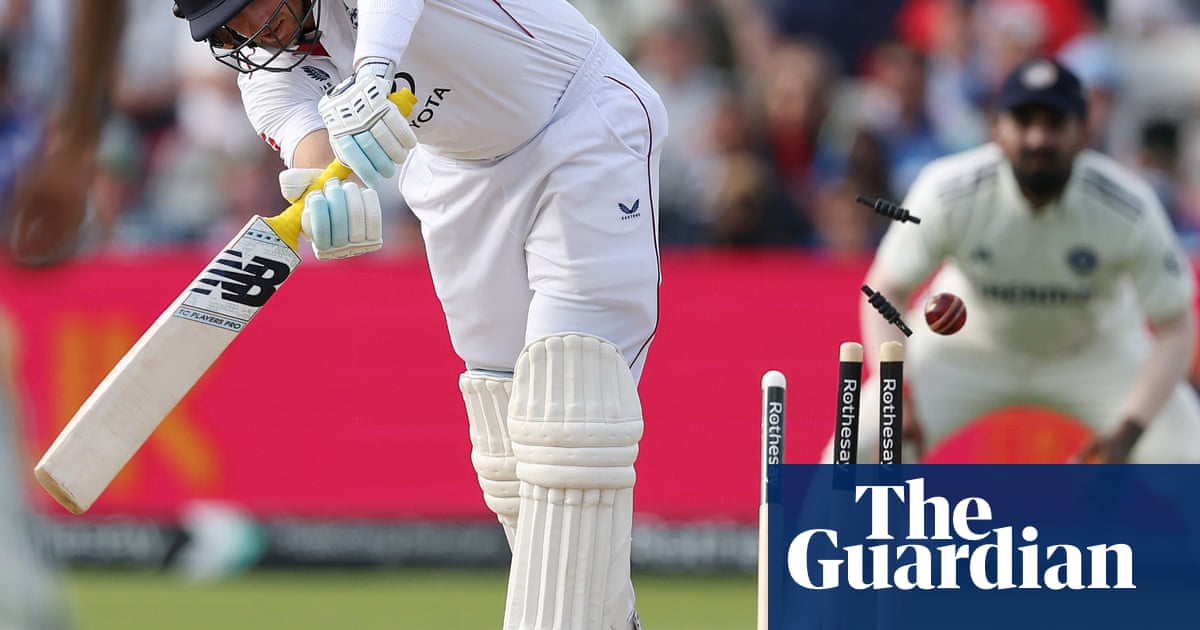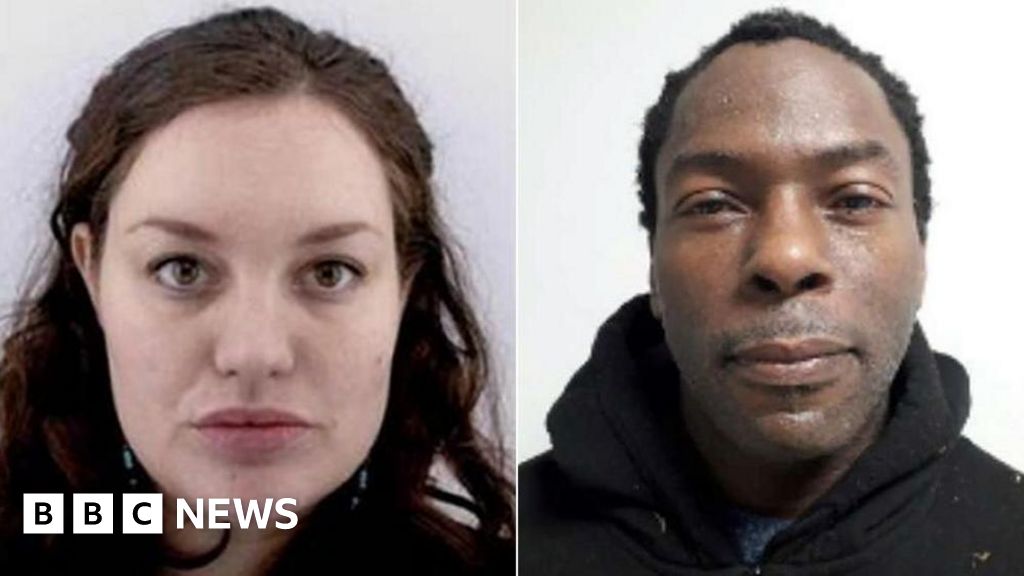Anthony ZurcherNorth America correspondent
This weekend's "No Kings" demonstrations drew an estimated crowd of millions across the US to protest President Donald Trump's policies and his willingness to push the boundaries of presidential authority.
It was a moment for likeminded Democrats, liberals and some anti-Trump Republicans to rally together at a time when the American left has little formal power in national politics.
But where do they go from here?
By most accounts, the turnout at Saturday's events - in major US cities like Chicago, New York, Washington and Los Angeles, as well as hundreds of smaller towns – was higher than expected and surpassed the first "No Kings" rally in June.
Congressional Republicans had warned that the demonstrations would be "anti-American", and some conservative governors had put their law enforcement and National Guard on alert in case of violence.
The massive rallies turned out to be peaceful – a carnival, not carnage. In New York City, there were no protest-related arrests, and the gathering in Washington DC featured families and young children.
"Today all across America in numbers that may eclipse any day of protest in our nation's history, Americans are saying loudly and proudly that we are a free people, we are not a people that can be ruled, our government is not for sale," Senator Chris Murphy of Connecticut said in his speech to the Washington DC rally.
Just down the street from the No Kings gathering in the nation's capital, the White House responded to the protests with derision.
"Who cares," deputy press secretary Abigail Jackson wrote in response to multiple media inquiries about the marches.
Trump shared several AI-generated videos on his Truth Social website of him wearing a crown, including one where he was flying a jet that dumped what appeared to be human waste on the protesters.
While Republicans may be downplaying the significance of the marches, the scale of the turnout – along with Trump's net negative approval rating in major opinion polls - hints at a Democratic opportunity to rebound from last year's electoral defeats.
The party still has a long way to go, however.
Polls suggest only a third of Americans view it favourably - the lowest for decades - and Democrats are divided over how to mount an effective opposition to Trump when they no longer control either chamber of Congress.
Liberals took to the streets on Saturday for a variety of reasons. Trump's aggressive immigration enforcement, his tariff policies, his government cuts, his foreign policy, his deployment of National Guard in US cities and his norm-breaking use of presidential authority were all frequent topics of concern and outrage.
Some of the frustration was also directed at Democratic leaders.
"We're just taking it on the chin, and we're not speaking out," one march attendee in Washington DC told NBC News on Saturday. "You know, I think we need to throw some more elbows. Unfortunately, the high road doesn't work."
The Democrats have been more combative over the ongoing government shutdown, which is about to enter its fourth week. They have been unwilling to approve a short-term extension of current federal spending without a bipartisan agreement to address health-insurance subsidies for low-income Americans set to expire at the end of the year.
Because of Senate parliamentary rules, Democrats have some power despite being in the minority – and, at least so far, the public seems to be assigning at least as much, if not more, blame for the impasse to Trump and the Republican majority.
But the strategy comes with risks too. The pain from the shutdown – particularly for those in the Democratic coalition – is only going to increase as the weeks go by.
Many federal workers have missed paycheques and are facing financial hardship. Funding is expected to run out for low-income food support. The US judicial system is scaling back its operations. And the Trump administration is using the shutdown to order new cuts to the federal workforce and suspend domestic spending, targeting Democratic states and cities.
The reality is that Democratic leaders in the Senate will ultimately have to find a way out of the crisis. But they may be hard-pressed to reach terms that the protesters who took to the streets on Saturday will find acceptable.
"If we shake hands with President Trump on a deal, we don't want him then next week just firing thousands more people, cancelling economic development projects, cancelling public health funds," Democratic Senator Tim Kaine of Virginia said on Sunday in an interview on NBC's Meet The Press. "So we are trying to get an agreement that a deal is a deal."
There is a chance the government shutdown will still be happening in early November when voters in some states will head to the ballot box for the first time since last year's presidential contest.
Elections for governor and state legislatures could provide a barometer for whether the anti-Trump sentiment on display at the "No Kings" protests translates into electoral success for Democrats.
Four years ago, a Republican won the governor's race in Virginia, an electoral battleground that has trended left in recent presidential elections, providing an early sign of voter dissatisfaction with President Joe Biden. This time around, the Democrat – former Congresswoman Abigail Spanberger – is leading her Republican opponent in the polls.
While Trump lost New Jersey in last year's presidential election, the margin of defeat - less than 6% - was dramatically down from Biden's 16% victory in 2020 and Hillary Clinton's 14% margin in 2017. November's governor's election shows a similarly close race.
At the No Kings rally in Montclair, New Jersey, Democratic National Committee Chair Ken Martin urged attendees to vote in the upcoming election.
"It is one thing to show up at these protests," he said. "And it's another to move the needle and get back some power."
This November's elections will be a test of whether antipathy toward Trump is enough to get left-wing voters to support Democratic candidates.
They are, however, just a prelude to next year's midterm elections, which will decide which party controls both chambers of the US Congress and could provide Democrats with a real check on Trump's power for the last two years of his presidential term.
The priority at Saturday's protests was to unite around a Stop Trump message. Of less concern, at least for the moment, was what Democrats could do once they get back to power.
There have, however, been some indications that cracks remain within the party coalition.
Former Vice-President Kamala Harris's book tour, for example, has regularly been interrupted by pro-Palestinian protestors who object to the Biden administration's Middle East policies. Centrist proposals to focus on economic issues over social policies – including trans rights – have prompted condemnations from many on the left.
Maine, Massachusetts, California and Michigan are likely to have contentious primary battles to determine Democratic nominees in next year's elections – pitting older establishment politicians against younger candidates and liberals against centrists.
These battles could quickly open old political wounds that are hard to heal. In that case, marches alone may not be enough to solve what has ailed the party.
.png)
 4 hours ago
1
4 hours ago
1
